
The Austin Police Museum is a thought leader in community policing, community engagement, evidence-based practices, and long-term crime reduction strategies. APM understands that crime reduction is an ongoing process that requires commitments from community members and law enforcement, and when one side fails, crime will rise.
Reasons to
Remember History
As our world is drowned with more information than ever before, we see that history is often pushed to the side as another distraction. We believe it is important for the future, not only to remember the facts and dates of the past, but the meaning of what happened. Without a starting point, a set direction, and a firm foundation, the journey to the future will be lost before it begins.
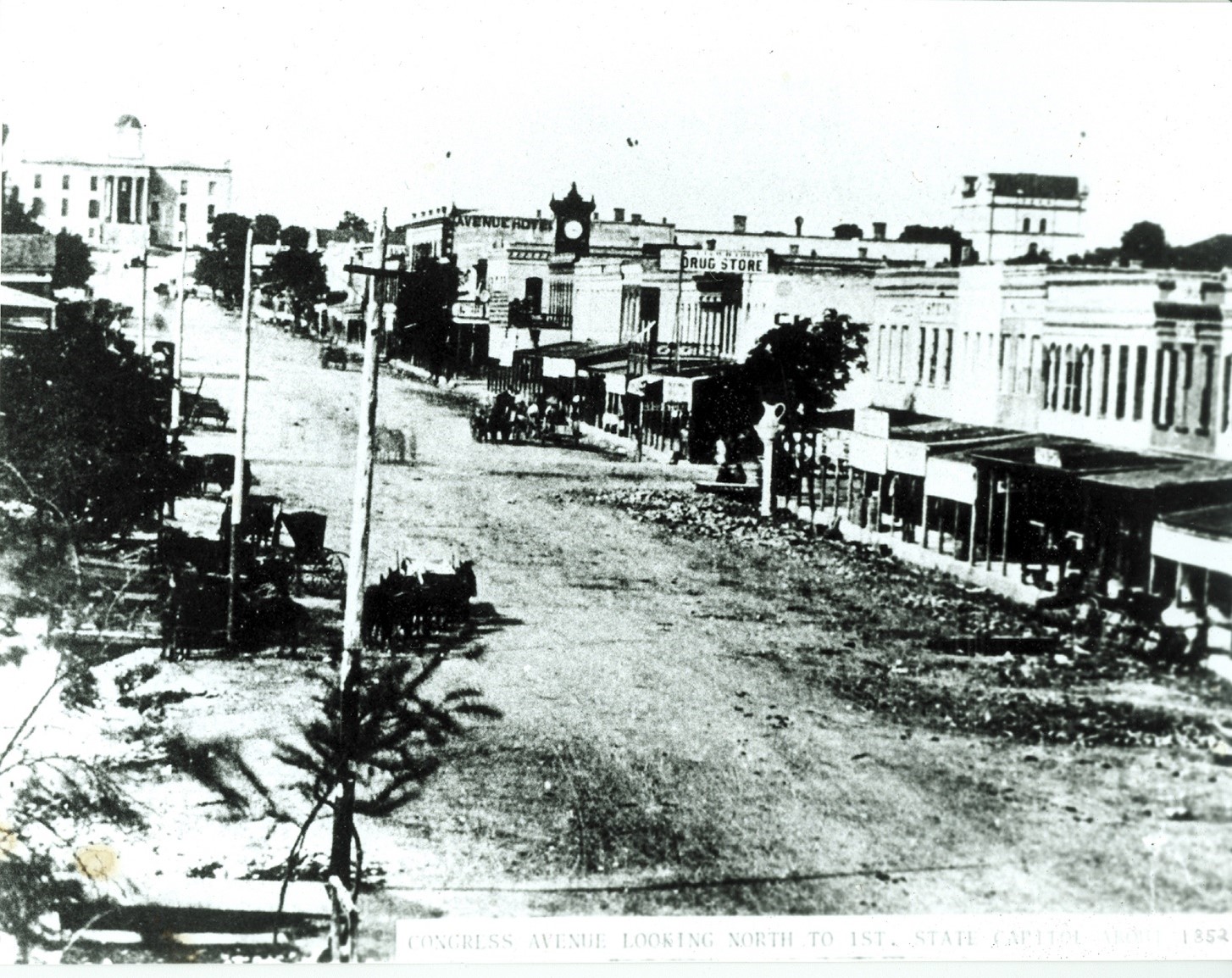
For that reason, we need to remember our history and use it to guide us forward. We also need to honor all the men and women who shielded our society from chaos as we moved forward. That is the purpose of this museum dedicated to the Police Department of the City of Austin.
Our
Current Environment
If all we had to look at every day was the current news reports, or the online podcasts and video channels, we could be forgiven for thinking that ours is the worst time to be alive. In today’s world, and often in the past, the most shocking headlines and the worst news always shows up at the top. The headlines shout that everyone should be very frightened of the latest calamity.
In reality, though, this is really the best time in history to be alive. We are able to walk down the street, visit our neighbors, go to restaurants and listen to live music in overwhelming safety. Certainly, there are risky places, just has there have been throughout history. But most of us really aren’t affected by those things.
We are in our safe and secure position because there is a front line of defense. We all rely on that call and those people to help us when we cannot help ourselves. One call, with just three numbers, will bring the most responsive and best equipped first responders in the world. For that, we should be grateful.
Unfortunately, many of us just don’t think about it that much. We take it for granted that the forces of good, and our protective shield will be there when we call. Still, there are many of us in the community, usually on the streets and in personal homes and businesses, who want to know more. We want to understand how we got here and how we can recognize the immense sacrifices and energy it takes every day to keep civilization intact. And because we live in Austin, we will start here.
That is our mission at the Austin Police Museum. We will reveal the hard work, the dedication, the heroism, and the everyday effort it takes to serve the community of Austin. For that, we will need help from as many people as possible. This is a community. It is about time we recognize the people who make it a safe and productive place to live. The time to be grateful is now.
Why is Austin Special?
This city has always been special. Austin is the capital of Texas. It is known as one of the best places in the country to live. It got that way for many reasons. The state capital and the entire state government is located here. The University of Texas, one of the nation’s premiere educational facilities is here. Austin is now part of the Third Coast, where culture from the other two coasts can feel less restrained and can branch out into new artistic and creative ways.
Long known as the Music Capital of the World, Austin has been the destination of many musicians and artists who just wanted to grow at their own pace and create a community of like-minded people who felt that a frontier was the place to do that.
There are many high-tech innovators and major companies who call this their home. We build electric cars, spaceships, high-tech microchips, internet innovations, and we have always had the first best computer company in the world started by a college student in his dorm in Austin.
Those are examples of the Austin of Today. Our mission is to show this city from the beginning as the shining Lone Star of Texas. Civilization needs a fair system of law and order. So, the police officers of Austin are also true innovators. As one of the first Texas Peace Officers, they maintained the order and our way of life, and they are the reason the city has developed into what it is today.
Kickstarting the Memory Banks
We will collect all the information about how the police force started. That starts with the formation of the state, and the city. We want to know about the city fathers who envisioned laws in this outlaw frontier in the first place. The city was named after Stephen A. Austin, one of the men who knew Sam Houston, Davy Crockett and Jim Bowie. But who wanted the police force? Why was cowboy justice with its hanging judges not enough?
What did the first police force look like? What did they wear? What were the laws? Who were the outlaws and did they move on? Was corruption of the system a major problem?
Who were some of the greatest officers? Who made actual changes and turned the city into the Capital of Texas? Who were the threats? How did they navigate the Civil War? How was justice dispensed after the War? Were there US Marshals? State troopers? Texas Rangers?
As we entered the 20th Century, what changed? What sort of crime was still roaming the town? Were there conflicts with the state as the government expanded in the small town? What about the University? When did its police force become independent?
Gradually, the police began to use cars instead of horses. Firearms evolved into more efficient killing machines. Both criminals and police had them. Then during Prohibition, were there gangs, shootouts, distilleries, moonshine runners? Did the Federal Government care back in the early days?
As we progressed through the First World War, then the Depression, then the Second World War, how did the police maintain order? Those were literally Earth-shaking events. When it was over, did the soldiers become police officers? Did the criminals rise because there were less police officers during the war?
As we rolled into the second half of the 20th century, the rock and roll youth began to be disruptive. The University was a central point of demonstrations, riots, sit-ins, and unrest. How did the city react during the assassination and confusion of the Civil Rights movement? This was the real South and had a lot of changes to make before society became more open and available to all its citizens. How did the Police react to that challenge? Was the Force used for good, or was it used to oppress those who had always been oppressed?
Austin was the site of the first major mass shooting in the country. The Texas Tower will always be infamous because of the actions of one lunatic who took control of the city for one day and took the lives of many innocents. What is the story of how it happened, who were the police officers stopped it, and what did we learn from that horrible day? Whatever happened to the officers, the police administration, and even the government because of that event?
As we approach living memory, what are the stories behind many of the major events in our own recollection? We need to preserve the stories told by the officers who lived through those times in their own words. Our citizens should be interested in hearing from the men and women who have protected them for the last 40 years, rather than just reading the headlines in the paper.
As we sit here in the New World
In our current state, as we can only remember back a few years, there are many issues that need to be brought into the open and seen by everyone. For every officer who is in the news because of a horrible event, there are a hundred who never draw a weapon. They are deeply involved in the neighborhoods on their beat and in their communities as the first connection between the law and the citizen. They may be required to make the decision, often in a split second, between one action that might end a life and another that will preserve a life. We need to hear from those officers who have spent their lives every day in that position.
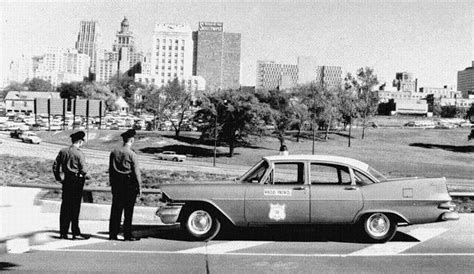
The news organizations, politicians, civic groups, TV pundits and social media are created to get people to listen to them. That is their job. Often, they stoke fear and unrest, or confuse an issue, or show only one side of an event. They do this sometimes with the best of intentions. The see injustice or a problem and want to show everyone else how things should be fixed.
It is our job, and perhaps our duty, to show other sides and perspectives. We will start with the officers who put on a badge every day and walk out of their home. They do not know what the day will bring, but their job is to see the worst of the day. They protect us from seeing it. They take it on themselves to shield us from what we do not want to see. They see it, but it takes a toll. Often, they do not get the support and appreciation from us, the people they are protecting.
They did not sign up for any support, and most will not seek it out. They have their own motivation for taking the job. But if we do not see them, and lift the shield now and then, we will not understand what they do for us. That will be to our detriment. We need to see what a real police officer does, every day, so that our lives are richer and more appreciative during this brief time we have to spend on the planet. We should do it for us. We owe it to ourselves to add greater meaning to our lives. But we also owe it to them.
For that reason, and many other reasons that will become apparent as we work through this process, we need to create a museum to house the wisdom, stupidity, and facts of the past, present, and future of law enforcement. Some of it may be dramatic and shocking to learn. Some will be inspiring, and some will be sad. But most of it, just like any job, will be slow, methodical, and difficult to follow. Police officers are special. They are important to society, more than any other profession. They maintain the peace and serve all of us. They are the Thin Blue Line.
A Note about the Thin Blue Line
Most people, when they think of the Blue Line, they think that the blue uniformed line put up by the police department is designed to separate the civilized society from the less civilized society. The Officers put themselves on the Line and work every day to keep the Devil from our door. It makes sense that we feel more comfortable with the idea that there is a Force separating us from those who would do us harm.
I would like to propose a different view of the Line. Think of it more as a thin piece of thread. It is weaved through society binding it together. It is valuable because it connects everyone together. When all sides can be brought closer, rather than divided, the confusion is less. The understanding of the other side becomes easier to see because it is right next to you, not separated by a line. The more society is held together by this line, the less likely the strain.
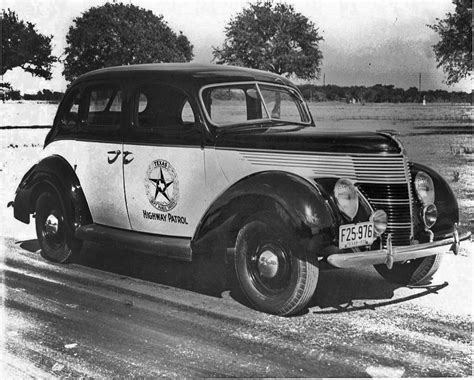
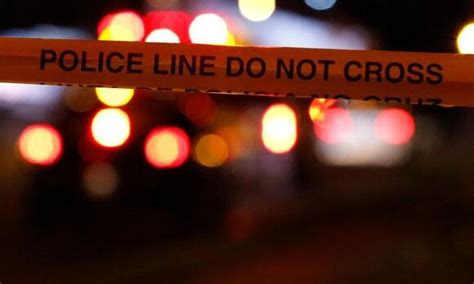
It is easy to pull apart a fabric held together by a single thread in a straight line. The thread breaks easily, and the two pieces come apart. On the other hand, it is more difficult to pull apart a multi-colored quilt held together by a single thread weaving itself throughout the garment. The bound quilt is strong, and you find that the checkerboard colors and fabrics hold together, even though they have different characteristics, rules, compositions, colors, and strengths. The quilt holds together for the benefit of all.
There are always forces that try to pull the fabric of society apart. There are books, religions, sects, cults, political parties, revolutionaries, and politicians who benefit when society is in fear. It is our duty as citizens to hold society together, so no matter who or what tugs at the string, the entire society resists and remains strong.

What we need from our Citizens
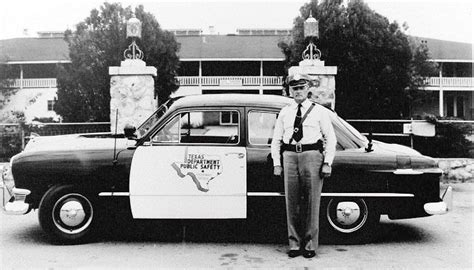
Police Associations and Retired Officer Clubs
Our most valuable source of information is the police officers themselves. Each has a personal story of why they joined the Force, what adventures they had, what they learned, and what lessons they have for new officers who take their place. We would like to record video interviews with officers. We would like to get photos of any uniforms, awards, or memorabilia they have. We do not have a physical location yet, but one day there will be a place of reverence that can house as much as possible.
City Government
This project is purely a private project. For obvious reasons, we cannot have undue influence of government, civic groups, powerful individuals, or corporations. Since the Police Department is a government entity, however, we would like to have the approval of the City for our project. We can work with the City to promote various events and organizations, but it will have no control over our operations. We would also like the City to cooperate as we research the history of the regions and provide any information or photos or films of various activities involving the police department.
Past and Present Officers
The current employees of the police department, specifically the patrol officers and the command staff, have a view of the city that nobody else has. They are the boots on the ground, the eyes of the citizens, and the hands of justice. They can do their job well, or they could make a mistake that affects everyone for years in the future. These people need their partners, the citizens of the city, to understand and help them perform their job as well as possible. They deserve to be recognized and we hope that the department can be involved in some of the Museum’s projects in the future.
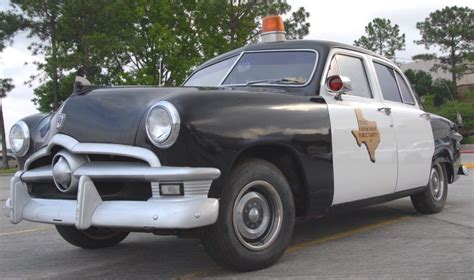
Citizen Input
This is our city. The citizens can help make it great, or make it impossible to stay, as some cities have. With input and help from prominent, anonymous, and everyday people, the museum can be great. Citizens have stories about how the police helped them or made it worse. They can contribute as members or raise issues that everyone needs to hear. They are the reason the police department exists. They should be seen. We would appreciate any photos, stories, or personal recollection any citizen would like to contribute.
Businesses and Associations
Without a safe city, there is no business. They should contribute and benefit as much as the citizens. With a group of great businesses in the area who support the police, there should be a chance for them to support and promote the museum, as well as the events celebrating our city and the officers who serve it.
National and International Attention
As one of the great cities in the US, Austin is in a unique position to attract attention from other cities, states, and countries who want to model themselves after us. The city of Los Angeles has a great museum and sets the bar very high. New York, Chicago, and Atlanta have OK museums. Austin can do better.
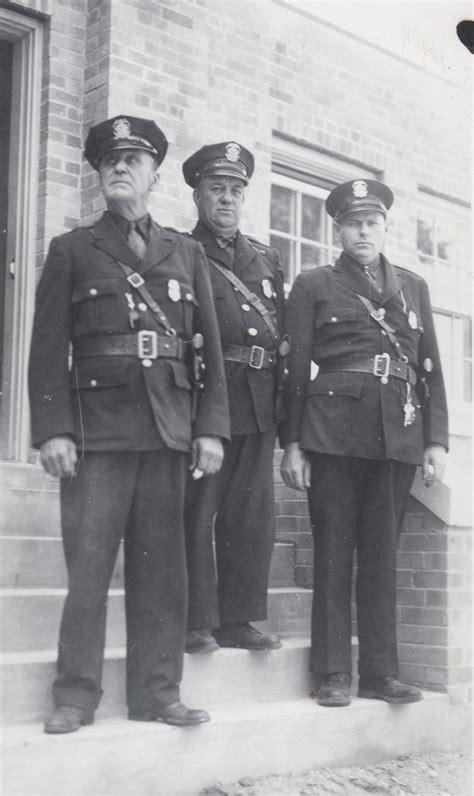
What will Happen Next
We are now developing a website, which you are now viewing, to bring the Museum into reality. Everyone will have the opportunity to contribute stories, photos, videos, advice, feedback, and any other items we can use to exhibit. Once this becomes active, we will promote it to the world, so everyone can see the Austin Police Department.
We will have links and formal relationships with other police museums, including all the cities in Texas, as well as the Texas Rangers and the Texas Department of Public Safety. Although Austin focused, this museum will become a window into the world of Public Safety and let everyone see that the people in the uniforms they trust with their lives have lives of their own and reasons they serve. That is the Blue Line that can begin to bind society together again.
Long Term Goals
Once the Museum is established as a non-partisan, non-profit organization, there are many activities and events that can benefit the community while recognizing the value of the police. The website will contain many items online, but none can replace personal communications between the Police and the Citizens.
- Austin Police Department Hall of Fame Annual Induction Ceremony
- Award Banquet for outstanding citizens and officers who benefit society.
- Concerts and other events to raise money for special exhibitions and expansion.
- Introduction of new methods of police work the public can use
- Display new techniques and technologies to fight crime
- Offer forums for discussion for citizens, groups, and law enforcement
- Training sessions for community members to prevent crime and watch for trouble
- A youth camp, where qualified young people can get involved in police work
- Donations to raise money for scholarships for qualified young people and students
- Special Events and Prominent Speaker programs
- A Museum Building dedicated to Police Work, including uniforms, equipment, and historical exhibits
- Set up formal system for personal or virtual tours of the office, jail, and court
- Ride along program with officers in cars.
Who we Are
The Crime Reduction Institute is an elite crime prevention training organization based in Austin. Our network of current and former law enforcement officers are experienced street-hardened instructors. They hold classes and seminars for police officers and security professionals across the country who are interested in preventing crime. Effective and measurable prevention requires the best practices of police work, creating safe workspaces, improving the safety of community spaces, and developing a good relationship between the peace officer and the people being protected. We provide specialized training to understand crime and how to prevent it gained over years of experience and professional study. Our goal is to reduce crime by engaging clients through quality training and proactive strategies.
Lately, we have found that many of our clients feel that in our current environment, their professional lives have become more difficult because of mistrust by the public and the media due to a lack of knowledge about their jobs. This museum project is our attempt at helping to bridge the divide between the peace officer and the peaceful citizen, so the only person we do not trust anymore is the Bad Guy.

View galleries of our work.
